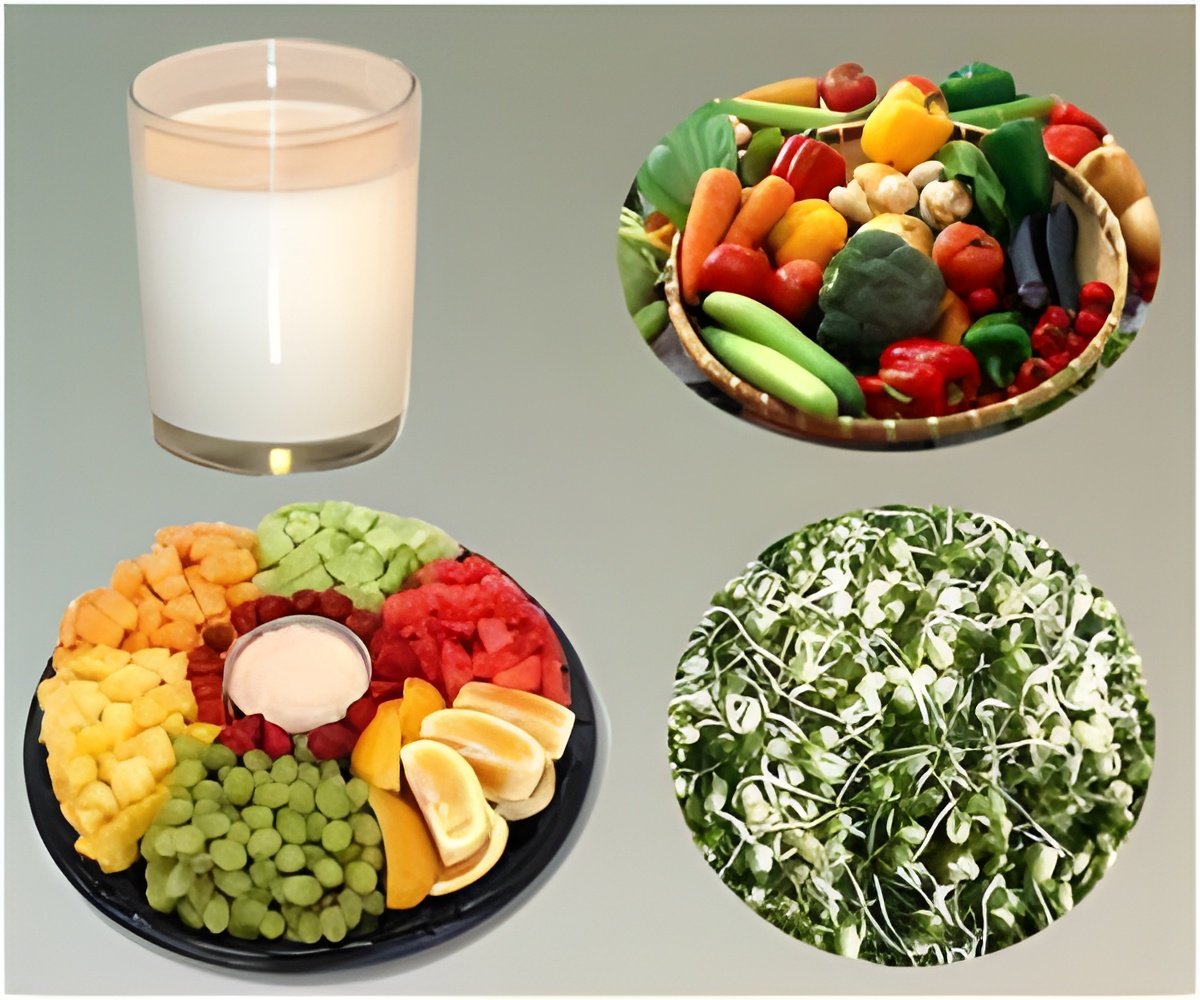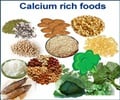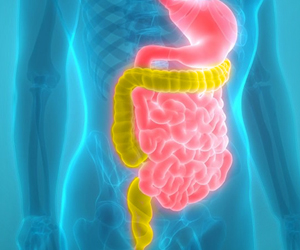A new study published in the journal Chemical Research in Toxicology has underlined the need for extending the government limits on mold toxins present in food grain crops to ‘mycotoxins’, which change from harmless chemicals to harmful forms in the body.
Chiara Dall'Asta and colleagues explain that molds growing naturally on wheat, corn and other plants produce toxic substances termed mycotoxins. Some health experts regard mycotoxins as the most serious chronic dietary risk factor, greater than the potential health threats from pesticides and insecticides. Government regulations thus limit levels of mycotoxins that are permissible in food and animal feed. Plants protect themselves by binding or "conjugating" glucose, sulfur or other substances to the mycotoxin, producing conjugated mycotoxins that are not harmful.
Dall'Asta explains that these "masked mycotoxins" are not included in current safety regulations because of uncertainty about what happens when people and animals eat them. The new study focused on two of the most widespread mycotoxin contaminants of grain crops — deoxynivalenol (DON) and zearalenone (ZEN). The authors say their results show, for the first time, that bacteria present in the large intestine in people deconjugate or "unmask" DON and ZEN, releasing the original toxic forms. "For this reason, masked mycotoxins should be considered when evaluating population exposure," the study concludes.
Source-Eurekalert
















